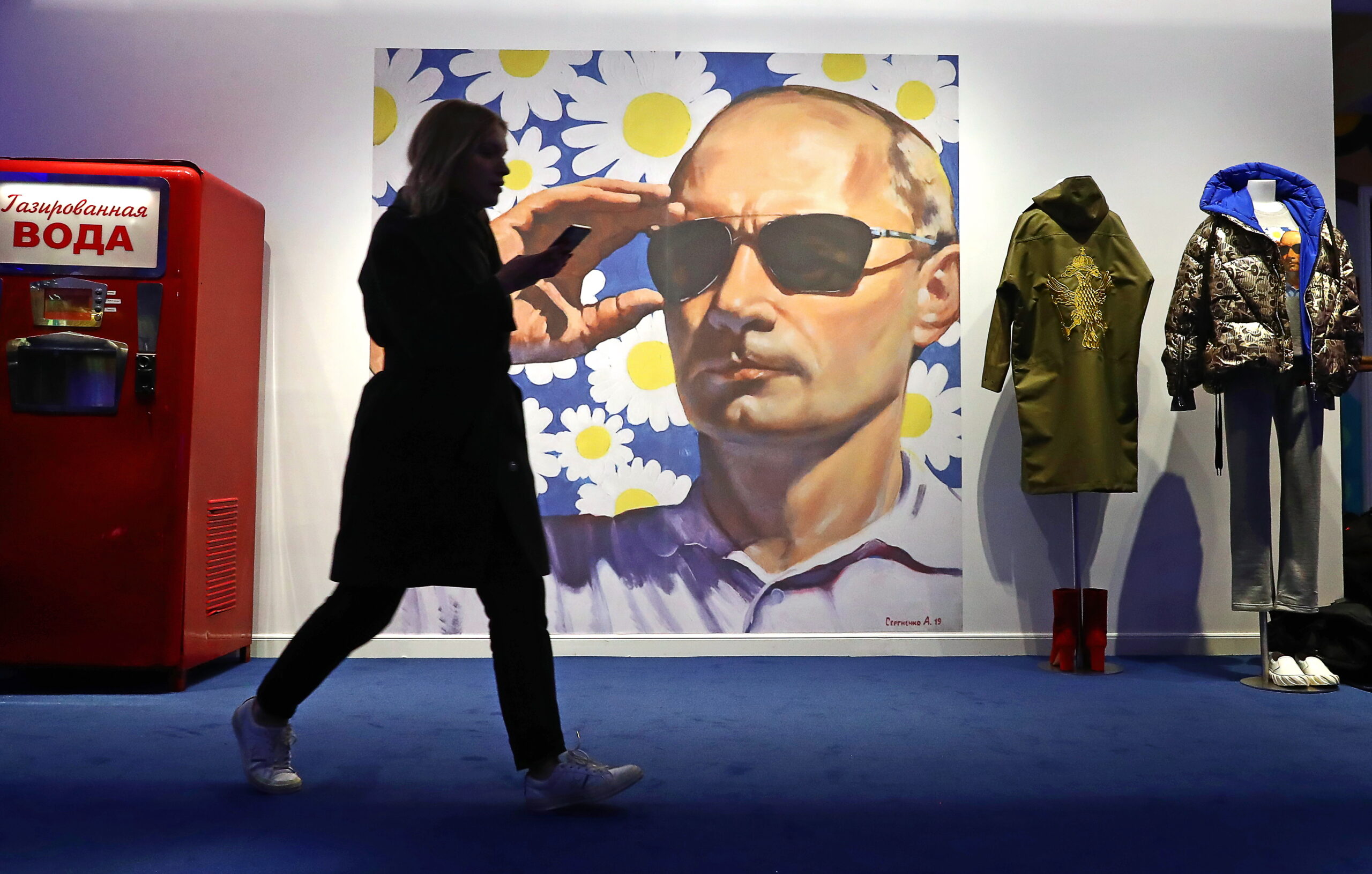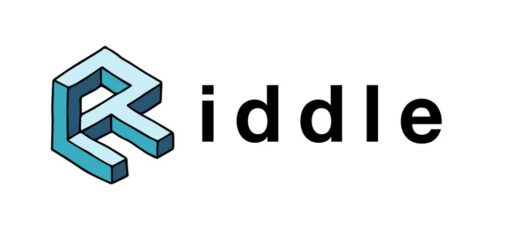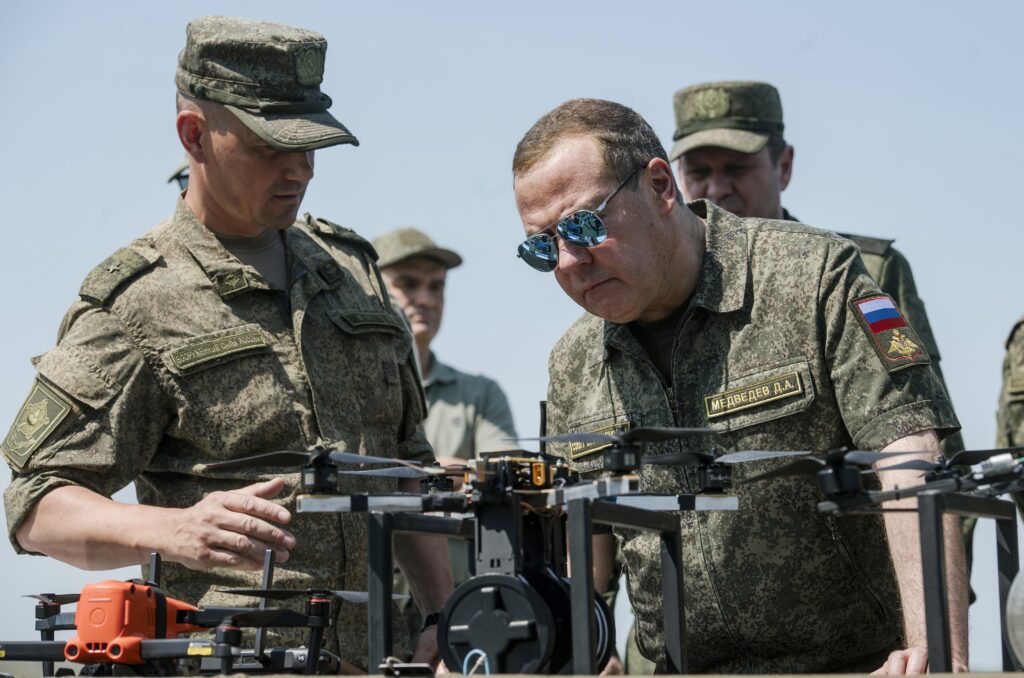The full-scale invasion of Ukraine this February was initially explained by the Kremlin in the frame of «Ukrainian Nazis» — a propaganda narrative that had previously proved effective during the annexation of Crimea back in 2014. However, over the past 8 years, pro-Kremlin discourse has also been loaded with a significant gendered component that has not been given enough attention.
The slurs have come right from the top. If Western audiences were aghast at Putin’s rape «joke» that he told French President Macron on the eve of the full-scale invasion, long-time Russian-language social media watchers were less surprised; terms like «Gayropa» have been circulating for a while. Indeed, saying that Ukraine is a «beauty that has to take it whether she likes it or not» is a common trope in pro-Kremlin discourse, which tends to represent Ukraine as an effeminate entity, incapable of making its own decisions and in need of «rescuing.»
Some of the more salient iterations of gender-based rhetoric are Patriarch Kirill’s statement about protecting the Donbas from a gay pride parade — or Putin’s annexation speeches about the protection of Russia from «[gender-based] perversions that lead to degradation and extinction» and the existential threat of «parent one/parent two».
Thus, it is important to take a closer look at the gendered pro-Kremlin rhetoric; it is one of the pillars that is not only supposed to keep the support for the war alive, but by now is also integral to maintaining the authoritarian regime in Russia itself.
Creating a Gendered hierarchy
Gender is often seen as a binary, not just in terms of biological sex, but also in terms of hierarchy. Many societies — from ancient Greece to the modern-day US — aim for a norm of masculinity in their males. Glorifying appropriately masculine ‘real men’ ‘with balls’ who are supposed to be in charge is a staple of any autocrat. At the same time, feminism and non-conventional gendered performances are often viewed as a threat to society; they not only break the perceived gender binary but also break the straightforward gendered pyramid that is often seen as foundational to society’s functioning. The wimp factor is especially pertinent for global politics, which is built on perceptions of hierarchy — hence world leaders discussing whose button is bigger.
Below, I highlight three main gendered narratives that emerged on Antimaidan Vkontakte groups during the first phase of Russia’s war against Ukraine. Antimaidan groups appeared on Russian-speaking social media in the aftermath of the Euromaidan in Ukraine as a way to consolidate pro-Kremlin policy support, including the Crimea annexation. Some of these groups capitalized on the Great Patriotic War narratives, but many devolved into racist and jingoistic communities engaged in dehumanizing rhetoric. The biggest Antimaidan group analyzed here had around 550k subscribers in 2015 and represented a far-right pro-Kremlin position that has become mainstream political discourse since February 2022.
Damsel in Distress
In Antimaidan, the most common feminization strategy involved describing Ukraine as a sex worker. In a post-Soviet space, a term associated with a woman who has frequent intercourse is one of the most obscene taboo words in the Russian language, which refers to a woman who has ‘lost her way’ and can be dominated by any man who finds her. This patriarchal linguistic connotation has profound visual and discursive consequences. Several variations included the visual representation of scantily dressed women in Ukrainian flag colors. Another common narrative that the Antimaidan users reposted was the tale of three sisters (Russia, Belarus and Ukraine) who lived in the same house, but Ukraine being the one with ‘loose morals’ that kept bringing different suitors to the apartment, the most objectionable one being ‘a n*****’. This framing constructs Ukraine’s alleged femininity in non-threatening terms, as a damsel in distress whose moral character needs to be straightened out — by another virtuous sister, Russia. Hence, a damsel in (moral) distress.
Other variations included visual depictions of Ukrainian male politicians being sodomized or Ukrainian men portrayed as homosexual, while the breakaway republics of Donetsk and Luhansk were often depicted as heteronormal, non-sexualized females. The former visual narratives were and still are relatively common in the Antimaidan group as they represent Ukrainian male politicians as no match for ‘real men’ of pro-Russian politics. In this regard, President Putin and Foreign Minister Lavrov have been consistently singled out as the masculine ideal compared to the seemingly deviant male and female protagonists.
Obamka
One of the common descriptions of the former US President is ‘Obamka’, i.e. the use of the ‘-ka’ suffix signifies either the harmless nature or the petite size of the subject described in this way. The ‘Obamka’ trick was probably one of the less offensive rhetorical strategies employed by Antimaidan subscribers, while the more sinister and racist was related to comparing the US President with apes and mocking him with photomontages that included bananas. The banana abuse was common not only on social media: even some Russian governmental officials used the photoshopped photograph of Barack and Michelle Obama. Even though on the face of it, the banana/ape caricatures seem purely racist, they do include a feminization component as they create a gendered hierarchy with a supposedly intellectually inferior (male) being.
In order to reinforce the de-securitization dynamics, the US was often identified with female representatives who were often portrayed as incompetent and/or ugly. The Soviet trope of stupid Americans is particularly pervasive in social networks. It was represented by Rzhaki nad Psaki (Laughs over Psaki, the State Department’s former press secretary), collages featuring photographs of Jennifer Psaki with fictional ignorant statements, especially on geography, for instance wondering whether Syria is a capital of Pakistan. State Department spokespeople were often juxtaposed with Foreign Minister Lavrov, and when Russia hired its first female foreign ministry spokesperson, Maria Zakharova, her physical attractiveness was often showcased as a sign of Russian superiority.
Gayropa
Euromaidan for many pro-Russian social media users became tantamount to other purportedly Western ‘evils’, not just the aggressive masculinity associated with fascism. It was therefore predictable that Russian language social networks were riddled with references to ‘Gayropa’ – a term espoused for the ‘designation of European gender deviance and Europe as a whole and even to refer to European values and European democracy’. In other words, as a gay actor, Europe was under the yoke of the US and deprived of agency, but at the same time Europe’s ‘false’ values are exemplary of the dangerous femininity that can devour Russian traditional values. In this case, feminization is supposed to be derogatory: a man perceived as effeminate is supposed to be an existential threat to society as the only norm is a mainstreamed version of masculinity.
Posts that associated homosexuality with drug abuse and paedophilia were common on Russian social networks even before the Euromaidan. This conceptualization is likely to be related to the audience’s acceptance of the government’s constant securitization of homosexuality by linking it with child-predation. According to Antimaidan subscribers, Europe has gone insane because men dress like women, while the ‘decline of Europe’ can be understood as a linear progression from the degeneration of Hitler, to a gay man and then a dog. From the visual memes associated with Europe, the message was clear: the EU is no rival (masculinity) to Russia as its effeminate practices stem from its culture. According to this logic, the EU has no chance of attracting Ukraine to its sphere of influence, but the spread of the ‘deviancy’ represents an existential threat as well, where the EU ‘requires Ukraine to employ gay men in kindergartens’. The difference between the ‘good’ and the ‘bad’ values was exemplified by a meme that showed a Ukrainian man choosing between the world of two men kissing under a rainbow flag, drugs and Hitler, and a picture of a nuclear family with a church and Russian fairy tale heroes in the background.
A fascist threat is an equal, a masculinity, while a feminized entity is a subordinate one that needs to be rescued in the first place. Hence the prominence of feminizing rhetoric in the context of Russia’s invasion of Ukraine in 2022, either referring to it as a Western colony or as ‘beauty’ that ‘has to take it’. By feminizing Ukraine in this way, Russian politicians deny it its agency and construct a hierarchical relationship, where Russia is superior to Ukraine. While my findings precede the current invasion, they highlight how gendered rhetoric has contributed to legitimation of the war among the Russian population.










